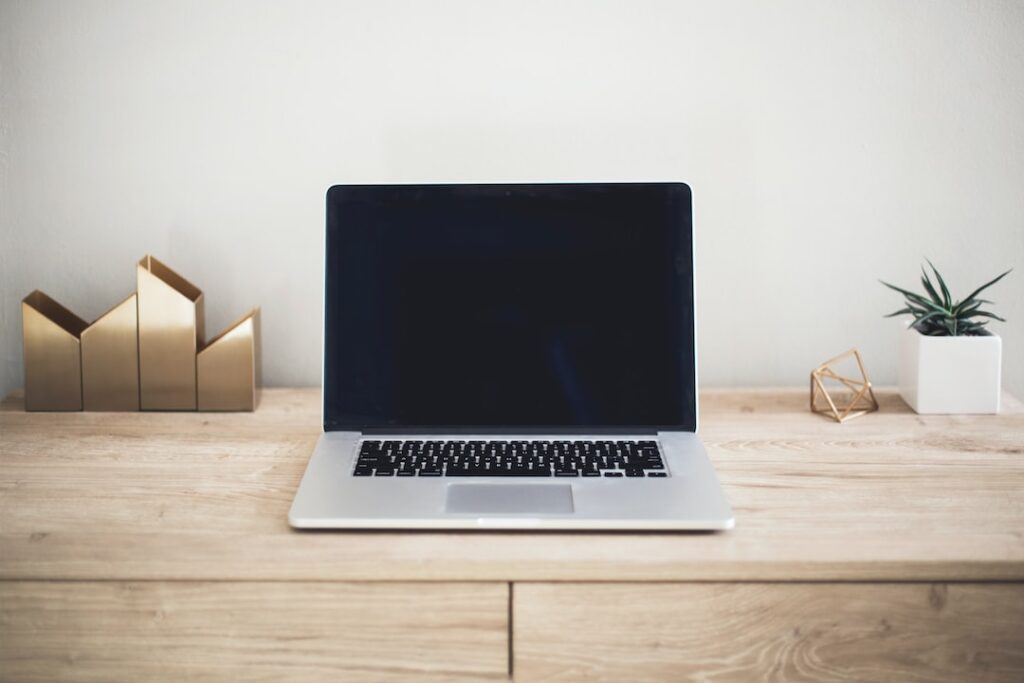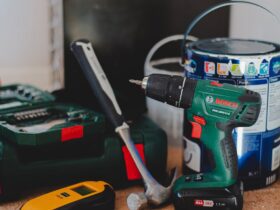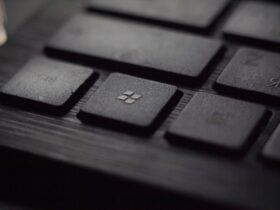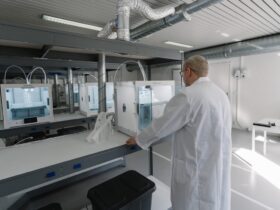Embrace Linux and Give Your Old Computer a New Lease on Life
Are you tired of your old computer running slow and struggling to keep up with the demands of modern software? If so, you might be considering investing in a brand-new machine. But before you empty your wallet on a shiny new device, have you ever considered that your aging computer still has the potential to be a valuable asset? By installing the Linux operating system, you can give your old computer a new lease on life and revitalize its performance.
Embracing Linux: An Unexpected Power Boost for Your Old Computer
Surprising Statistics on Linux
Did you know that Linux powers 100% of the world’s top 500 supercomputers, 75% of stock exchanges, and 90% of the cloud infrastructure? These astonishing statistics highlight the reliability, security, and power of Linux, making it an excellent choice for breathing new life into your old computer.
Understanding the Basics of Linux
First things first, let’s get familiar with Linux. Linux is an open-source operating system, which means it’s free to use and has a vibrant community of developers constantly improving it. Unlike commercial operating systems, Linux is customizable and doesn’t require high-end hardware to run efficiently.
Choosing the Right Distribution
One of the best things about Linux is the variety of distributions available. From user-friendly options like Ubuntu and Linux Mint to more advanced distributions like Arch Linux and Fedora, there’s a flavor of Linux to suit every user’s needs. You can choose a distribution based on your computer’s specifications and your level of technical expertise.
How to Incorporate Linux into Your Daily Life
Step-by-Step Installation Guide
Installing Linux on your old computer is easier than you might think. By following a few simple steps, you can breathe new life into your outdated hardware. Here’s a basic guide to get you started:
Step 1: Choose a Distribution
Research different Linux distributions and find one that aligns with your preferences and technical proficiency.
Step 2: Create a Bootable USB Drive
Download the chosen Linux distribution and create a bootable USB drive using software like Rufus or balenaEtcher.
Step 3: Boot from the USB Drive
Insert the bootable USB drive into your old computer and follow the on-screen instructions to boot from the USB drive.
Step 4: Install Linux
Once booted into the Linux environment, follow the installation wizard to install Linux on your computer’s hard drive.
Exploring Linux Applications
Linux offers a vast array of free and open-source software that can replace expensive commercial applications. From office suites like LibreOffice to creative tools like GIMP and Blender, you’ll find everything you need to be productive and creative without breaking the bank.
Enjoying a Safer and More Secure Computing Experience
One of the biggest advantages of using Linux is its robust security features. With Linux, you’re less susceptible to malware and viruses, providing a safer browsing and computing environment for you and your data.
Summary
By embracing Linux, you can unlock the true potential of your old computer, saving money and reducing electronic waste. With its efficient performance, customizable nature, and vast array of free software, Linux offers a compelling alternative to investing in a new computer. So, before you say goodbye to your old faithful machine, consider giving it a new life with Linux. It’s a win-win for both you and the environment.
















